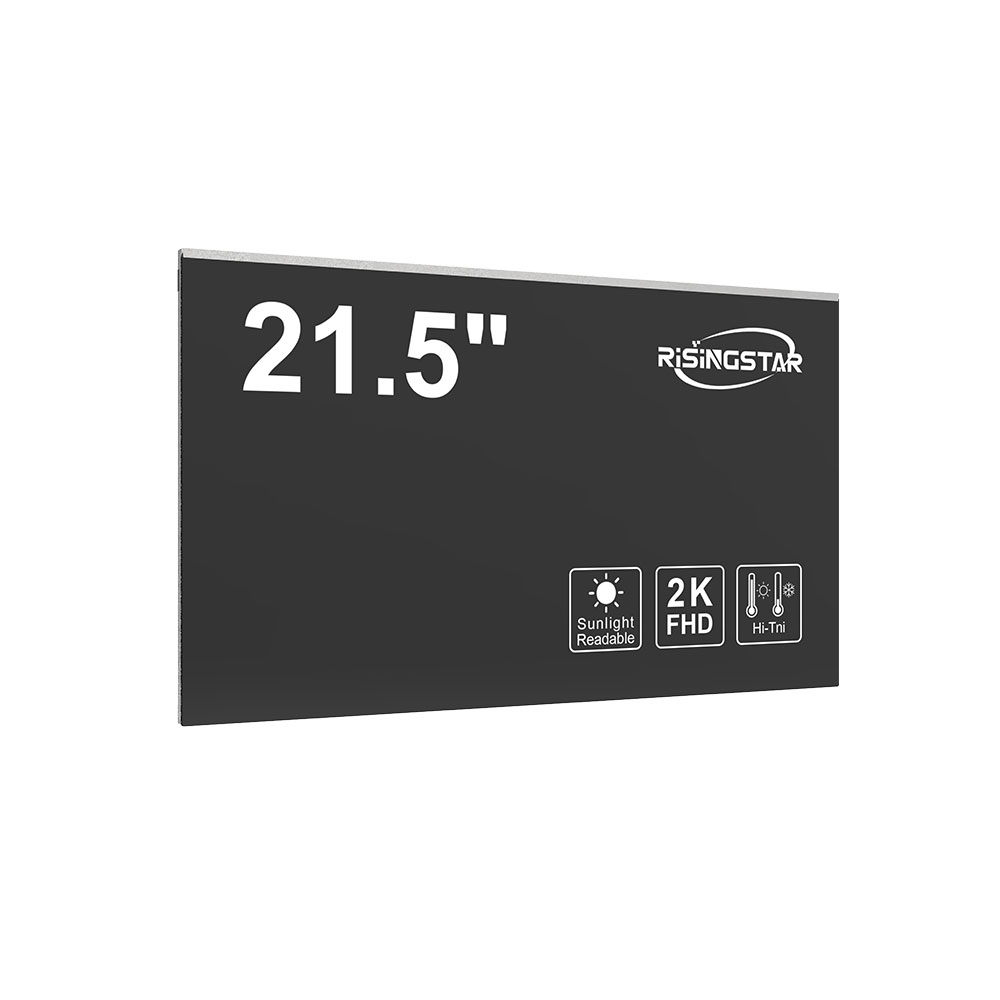When deploying digital signage in outdoor environments, selecting the right LCD screen is critical to ensuring consistent performance, longevity, and high visibility under diverse weather conditions. Unlike indoor displays, outdoor LCD screens must withstand extreme temperatures, UV exposure, humidity, rain, and even physical impacts such as vandalism or accidental damage. Based on industry standards like IEC 60068 for environmental testing and real-world deployment data from global clients (including transportation hubs, retail chains, and public infrastructure projects), several key parameters determine the suitability of an outdoor LCD screen.
First, brightness is paramount—outdoor screens typically require a minimum of 5,000 nits to remain legible in direct sunlight. Some premium models exceed 10,000 nits, using advanced LED backlighting and anti-glare coatings to maintain contrast ratios above 3,000:1. Second, ingress protection (IP) ratings matter significantly: an IP65 or higher rating ensures dust-tight enclosures and water resistance against splashing jets, crucial for coastal or rainy climates. Third, thermal management systems—such as passive heat sinks or active cooling fans—are essential to prevent overheating in desert-like environments (e.g., Phoenix, Dubai) where ambient temperatures can exceed 50°C.

Additionally, durability is not just about materials—it’s about design. Ruggedized aluminum frames, tempered glass with oleophobic coating, and shock-absorbing mounts reduce long-term maintenance costs. Industry case studies from companies like LG, Samsung, and NEC show that screens with built-in automatic brightness adjustment (ABA) and scheduled power-saving modes can reduce energy consumption by up to 40% while maintaining display quality.
Finally, consider the mounting system and connectivity options. Wall-mounted, pole-mounted, or freestanding configurations should match the installation environment. IP68-rated enclosures paired with PoE (Power over Ethernet) support simplify wiring and enhance scalability across large sites like stadiums or city centers.

In summary, choosing the right outdoor LCD screen involves balancing brightness, environmental resilience, energy efficiency, and mechanical robustness—all guided by established standards and field-tested performance metrics. For professionals in urban planning, advertising, or facility management, this approach ensures ROI through reduced downtime, lower TCO (Total Cost of Ownership), and enhanced audience engagement.







